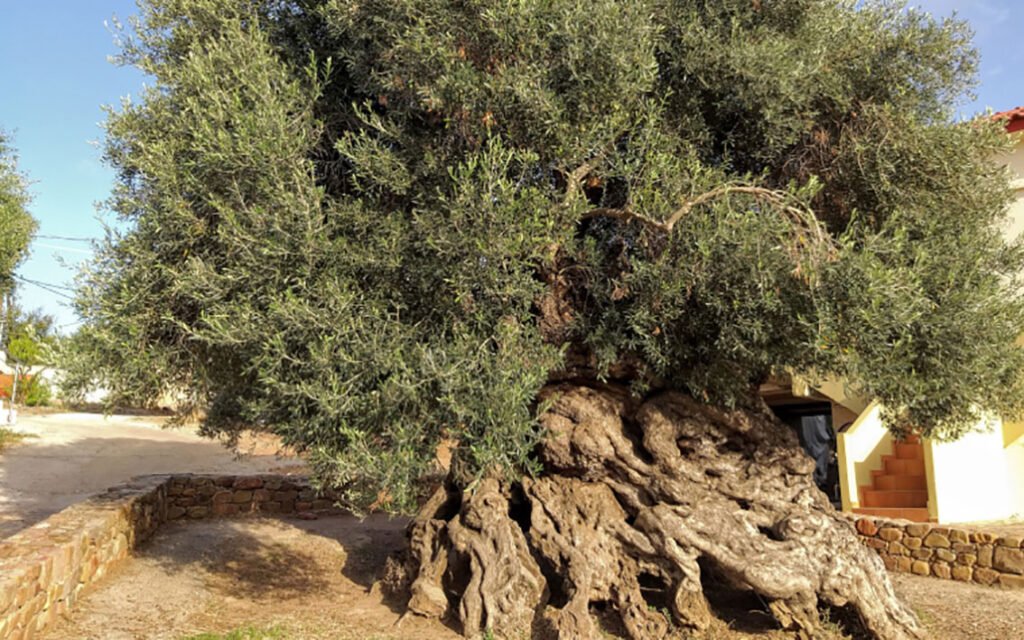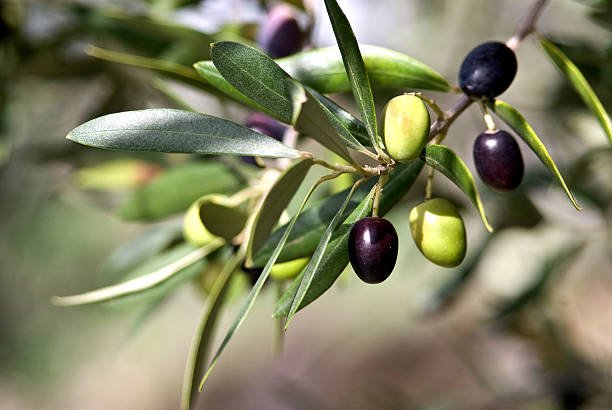The Olive Tree of Vouves: A Living Testament to History
Nestled on the picturesque island of Crete, the Olive Tree of Vouves stands as one of the oldest living trees in the world, bearing witness to over two millennia of history. With its trunk spanning an impressive 15 feet in diameter, this ancient tree is not only a marvel of nature but also a symbol of resilience, survival, and continuity. The tree is believed to be at least 2,000 years old, though some estimates suggest it could be as much as 2,900 years old, based on archaeological findings in the nearby graveyard.
A Tree That Lived Through History
The Olive Tree of Vouves has endured through some of the most significant events in human history. Imagine this remarkable tree standing tall during the writing of the Iliad, the golden age of Athens, and the rise and fall of the Roman Empire. It was already ancient by the time of the birth of Christ, and it lived through the ages of the Mastodons, the reign of the Aztecs, and countless other civilizations.
Its roots stretch deep into the soil of Crete, perhaps symbolizing the deep connection between the island’s rich history and its agricultural traditions. This tree has seen centuries pass in the blink of an eye and yet remains strong and productive.

A Living Relic of the Past
The Olive Tree of Vouves is not just an ancient relic; it is a living testament to the enduring power of nature. Despite its age, the tree still produces olives, continuing a legacy that has spanned thousands of years. Its olives are used to produce high-quality olive oil, a vital part of the Mediterranean diet that has sustained the people of Crete for generations. In fact, the tree is part of a broader tradition of olive cultivation on the island that dates back millennia.
This continued production of olives is a true marvel. The tree’s longevity and ongoing productivity make it a symbol of vitality and the power of nature to adapt and thrive through centuries. The people of Crete take great pride in the tree, and it’s often visited by locals and tourists alike, who come to marvel at its ancient presence.
The Olive Tree’s Historical Significance
The Olive Tree of Vouves is more than just a natural wonder; it is deeply embedded in the cultural and historical fabric of Crete. The olive tree has long been a symbol of peace, prosperity, and endurance, values that have shaped the history of the island. In ancient Greece, the olive branch was considered a symbol of victory and honor, often used to crown victors in the Olympic Games. The olive tree itself was central to Greek mythology, representing the gift of the goddess Athena to the people of Athens.
Beyond its symbolic meaning, the olive tree has been an essential part of the Cretan economy for centuries, providing sustenance, oil, and even wood for local industries. The olive groves surrounding the tree have witnessed generations of Cretan farmers tending to the land, continuing a tradition that stretches back in time.

Preserving the Legacy
The Olive Tree of Vouves is now a protected natural monument, and efforts are underway to preserve this extraordinary tree for future generations. With its immense historical and cultural significance, it has become a symbol of Crete’s deep connection to its agricultural roots. The tree is located in a village by the same name, Vouves, which is a popular destination for visitors interested in history, culture, and the wonders of nature.
The tree’s survival is a testament to the resilience of the natural world and its ability to withstand the passage of time. As it continues to produce olives and stand as a living link to ancient times, the Olive Tree of Vouves reminds us of the enduring connection between nature, history, and humanity.
Conclusion
The Olive Tree of Vouves is not just a tree—it is a living witness to history, a symbol of endurance, and a testament to the importance of the olive in Mediterranean culture. From the writing of the Iliad to the rise of civilizations and beyond, this ancient tree has seen it all. As it continues to produce olives and stand proudly in the heart of Crete, it remains a living connection to the past, a gift from nature that endures through the ages.
